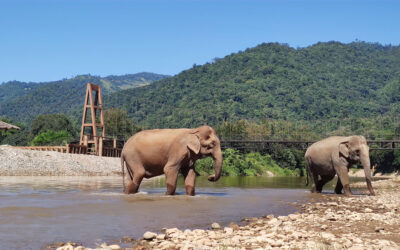William Lind rates John Boyd protégée, Major Donald E Vandergriff, almost as greatly as he despairs of the US army’s ability to change:
I would like to think the Army’s leadership would take Vandergriff’s books, including Raising the Bar, turn to their subordinates and say, “Make it happen.” But I know it won’t happen.
All that can happen is what the Army has seen a million times: the slogans and buzzwords change, but the organizational culture remains Second Generation, so everything else that is real does too. Faced with new ways of war demanding that it change or die, the Army will prefer to die, because it’s easier.
Vandergriff, too, writes off “people who already have had their character defined and shaped by… today’s leadership paradigm.”
In his 2006 monograph, Raising the Bar, he calls for a revolution from below, seeded by a new generation of leaders who can outthink enemies whose goal is to “defeat the mind and destroy the cohesion of the opponent’s decision makers through any means possible.”
The US army, Vandergriff believes, is fighting 20th century wars with 19th century attitudes. It rewards careerists and linear thinkers, whose main aim is to please their superiors. It is top heavy and over-centralised. And its command and control system still has Taylorism at its heart, with:
People [treated] as unthinking cogs in a machine. By necessity, these people had to accept a social system based on a coercive pattern of dominance and subordinance and centralized control from the top… In theory, the entire regimen flowed from the brain of one individual at the top of the hierarchy.
For Vandergriff, 4th generation warfare (4GW) is a moral struggle (both sides are inspired by a higher purpose). It is won by mental effort, as much as physical. We organise for it, in Boyd’s words, with “people first, then ideas, and finally hardware.”
Systems need to be decentralised, plans must be evolutionary, and the enterprise has to be driven by foresight, critical thinking, and a sense of urgency. Only then will the army cope with a form of warfare that “resembles a standing wave pattern of continuously fluxing matter, energy and information.”
The army needs leaders who:
- Understand the ‘commander’s intent’ up to a strategic level
- Interpret it creatively according to conditions on the ground
- Are able to make adaptive decisions at speed
- Catalyse cultural change and share their experience with others
- Question current organisational practice and believe there is room to improve




